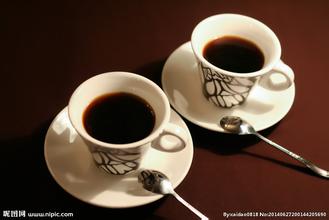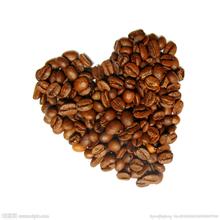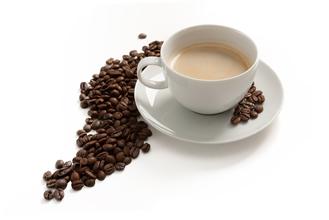Will different roasting degrees of coffee beans have different tastes for coffee?
Coffee is one of the most popular beverages in the world, with the most commercially valuable varieties being Arabica and Roast. In this paper, Yunnan Arabica coffee and Indian Robusta coffee were selected as representatives of the two species. Sensory profiles of the two coffee species with different roasting degrees were studied, and the main nonvolatile components and aroma substances in coffee were determined. Then, the advantages and disadvantages of the two sensory descriptive methods were compared by multivariate statistical analysis, the influence of roasting degree on sensory characteristics and chemical components of coffee was analyzed, and the correlation between sensory quality and chemical components was studied. The main conclusions are as follows: The similarities and differences between Spectrum and FP sensory description methods were compared from sensory descriptors, flavor profiles and sample classification. Fifteen sensory descriptors were established to describe the sensory characteristics of two coffees at different roasting degrees. Green beans had strong grassy and green bean flavors, and nutty, roasted, rubbery and burnt flavors increased with roasting degree. Compared with Yunnan coffee, Robster coffee has lighter color, weaker aroma, typical barley tea flavor and bitter taste. By FP method, 46 consumer vocabularies are generated and sensory profiles of samples are obtained. However, it is difficult to describe the specific characteristics of samples because of the difficulty in understanding the attributes in the profiles. The correlation coefficient of sensory profiles generated by the two methods was only 0.353. FP accuracy is not high when the sample difference is small and the sample number is large.

Important Notice :
前街咖啡 FrontStreet Coffee has moved to new addredd:
FrontStreet Coffee Address: 315,Donghua East Road,GuangZhou
Tel:020 38364473
- Prev

Coffee beans roasting oven and roasting methods what roasting methods should be adopted for different varieties of coffee
There are many roasting methods for different types of coffee, so there are many ways to roast a coffee bean roasting oven, including: a container containing coffee beans to be roasted; a combustion chamber to burn to provide heat to the container; a combustion chamber monitor to obtain the temperature of the container and set in advance according to the temperature of the container
- Next

The roasting method of coffee beans what roaster should be used for roasting coffee beans
The coffee bean roasting method and its equipment are provided with a control system in the roaster, and then input a set data table in the control system to divide the baking process into at least two control sections. and corresponding to each control section to further set the baking time, temperature and rising and cooling rate of the control section, so as to effectively drive the roaster to bake according to the input value, and when baking
Related
- Does Rose Summer choose Blue, Green or Red? Detailed explanation of Rose Summer Coffee plots and Classification in Panamanian Jade Manor
- What is the difference between the origin, producing area, processing plant, cooperative and manor of coffee beans?
- How fine does the espresso powder fit? how to grind the espresso?
- Sca coffee roasting degree color card coffee roasting degree 8 roasting color values what do you mean?
- The practice of lattes: how to make lattes at home
- Introduction to Indonesian Fine Coffee beans-- Java Coffee producing area of Indonesian Arabica Coffee
- How much will the flavor of light and medium roasted rose summer be expressed? What baking level is rose summer suitable for?
- Introduction to the characteristics of washing, sun-drying or wet-planing coffee commonly used in Mantenin, Indonesia
- Price characteristics of Arabica Coffee Bean Starbucks introduction to Manning Coffee Bean Taste producing area Variety Manor
- What is the authentic Yega flavor? What are the flavor characteristics of the really excellent Yejasuffi coffee beans?

